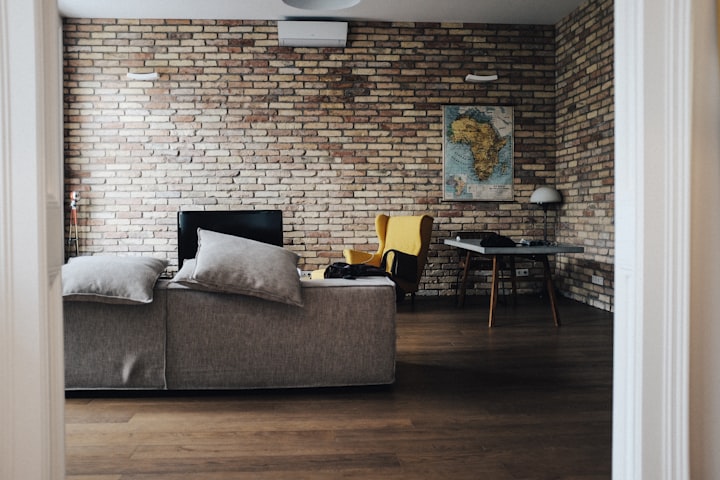The Art of Feng Shui: Creating Harmony in Your Home
Feng Shui, an ancient Chinese practice, is more than just arranging furniture or decorating with certain colors—it’s about creating harmony and balance in your living space to promote well-being and prosperity. Rooted in the belief that our surroundings affect every aspect of our lives, mastering the art of Feng Shui can bring a sense of peace, vitality, and positive energy into your home. Here are some key principles to help you harness the power of Feng Shui and create a harmonious living environment:
1.Clear Clutter to Clear the Mind: Clutter is not just physical; it can also clutter the mind and disrupt the flow of energy, or chi, in your home. Start by decluttering your space and getting rid of items that no longer serve a purpose or bring you joy. Clearing clutter not only creates physical space but also clears mental space, allowing positive energy to flow freely.
2.Balance Yin and Yang Energies: Yin and Yang represent the balance of opposites—light and dark, feminine and masculine, soft and hard. In Feng Shui, achieving a balance of Yin and Yang energies is essential for creating harmony. Balance soft, flowing elements like curtains and rugs (Yin) with more structured, angular pieces like furniture (Yang) to create a sense of equilibrium in your home.
3.Maximize Natural Light and Air Flow: Natural light and fresh air are essential for promoting positive energy and vitality in your home. Maximize natural light by keeping windows unobstructed and using mirrors to reflect light throughout your space. Ensure good air circulation by opening windows regularly and incorporating indoor plants to purify the air and bring nature indoors.

4.Arrange Furniture with Intention: The placement of furniture in your home can significantly impact the flow of energy. Arrange furniture in a way that promotes conversation and connection, avoiding placing pieces directly in line with doors or windows. Create a sense of balance and harmony by arranging furniture in groupings and avoiding cluttered or cramped spaces.
5.Incorporate Elements of Nature: Nature is a powerful source of positive energy in Feng Shui. Incorporate elements of nature, such as plants, water features, and natural materials like wood and stone, into your home décor. Indoor plants not only purify the air but also bring vitality and life to your space, while water features like fountains or aquariums promote the flow of positive energy.
6.Use Color Mindfully: Color plays a significant role in Feng Shui, influencing mood, energy, and well-being. Choose colors mindfully based on their associations with the five elements—earth, fire, metal, water, and wood. For example, earthy tones like brown and beige promote stability and grounding, while blues and greens evoke a sense of calm and tranquility.
7.Create a Sacred Space for Reflection: Dedicate a space in your home for quiet reflection, meditation, or spiritual practice. This sacred space can be a corner of a room or a cozy alcove where you can retreat and recharge. Keep this space clutter-free and decorate it with meaningful objects or symbols that inspire peace and serenity.
In conclusion, the art of Feng Shui offers valuable insights into creating harmony and balance in your home environment. By clearing clutter, balancing Yin and Yang energies, maximizing natural light and air flow, arranging furniture with intention, incorporating elements of nature, using color mindfully, and creating a sacred space for reflection, you can cultivate a living space that nourishes your body, mind, and spirit. So, embrace the principles of Feng Shui and embark on a journey to create a harmonious and balanced home that supports your well-being and prosperity.





